RF & Microwave Engineering Blog Posts
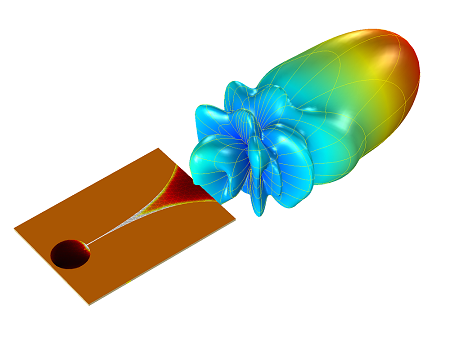
Vivaldi Antenna Design Analysis
Did you know the Vivaldi antenna was invented by someone named Peter Gibson? As the story goes, he had a passion for music and chose to name the antenna after Antonio Vivaldi, a Baroque composer.
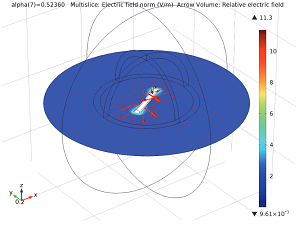
Modeling with Linearly Polarized Plane Waves
We use the Detecting the Orientation of a Metallic Cylinder Embedded in a Dielectric Shell model to demonstrate a specialized background field feature designed for linearly polarized plane waves.
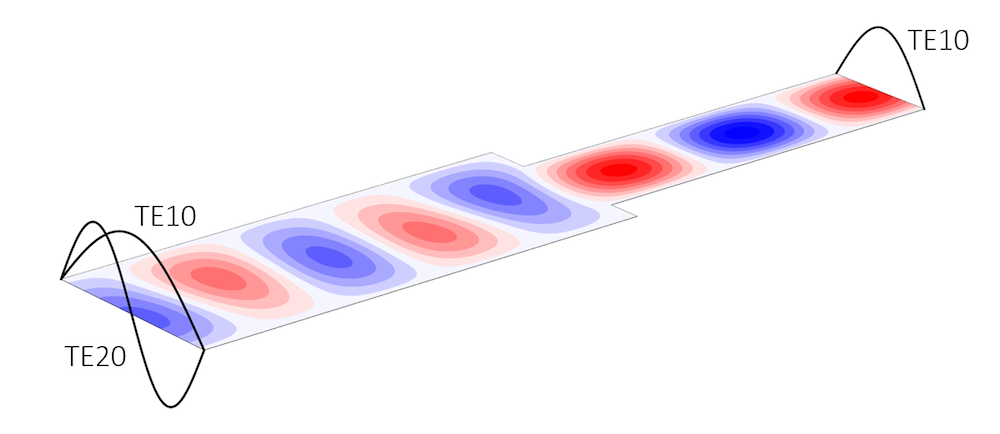
Ports and Lumped Ports for Wave Electromagnetics Problems
The Lumped Port boundary condition can be used to model boundaries through which a propagating electromagnetic wave will pass without reflection. Learn how to use this feature in your EM models.
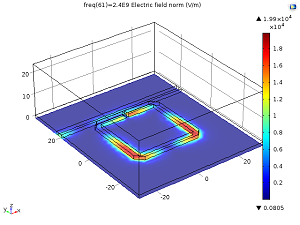
Using Numeric TEM Ports in Your Modeling Processes
In this blog post, get an introduction to the Numeric TEM Ports feature for modeling transmission lines, with an example of a notch filter with a split ring resonator.
Enhancing the Design of Biconical Antennas with Simulation
Biconical antennas are an important component when conducting electromagnetic compatibility (EMC) testing for consumer electronics. RF simulation can be used to enhance their design.
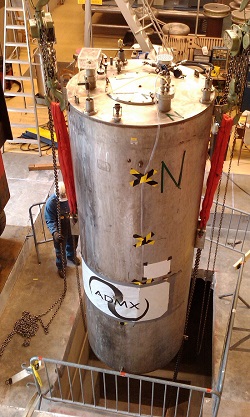
Detecting Dark Matter Axions with a Microwave Cavity
The Axion Dark Matter eXperiment (ADMX) uses a microwave cavity in an attempt to detect dark matter axions. Learn more about this project and how simulation can be applied to it.

RFID Tag Read Range and Antenna Optimization
A guest blogger from Continuum Blue, a COMSOL Certified Consultant, shares a numerical modeling example for radio-frequency identification (RFID) applications.
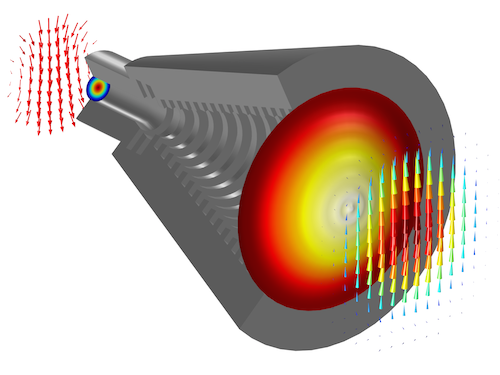
2D Axisymmetric Model of a Conical Horn Antenna
Did you know that you can save time setting up your electromagnetics models by taking advantage of axisymmetry? We discuss the benefits of this approach using a conical horn antenna example.
